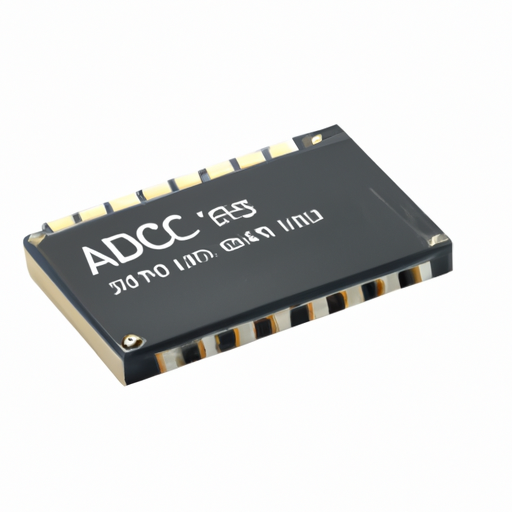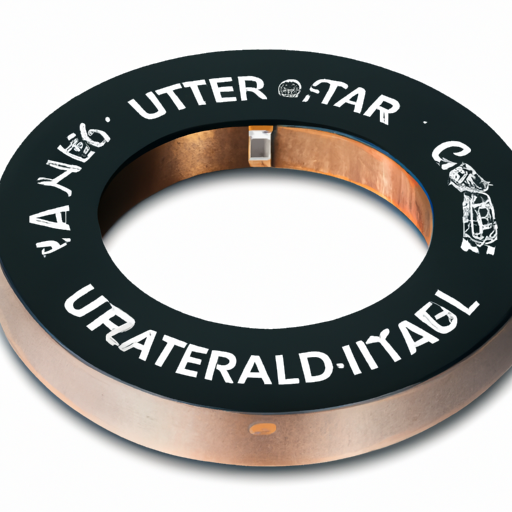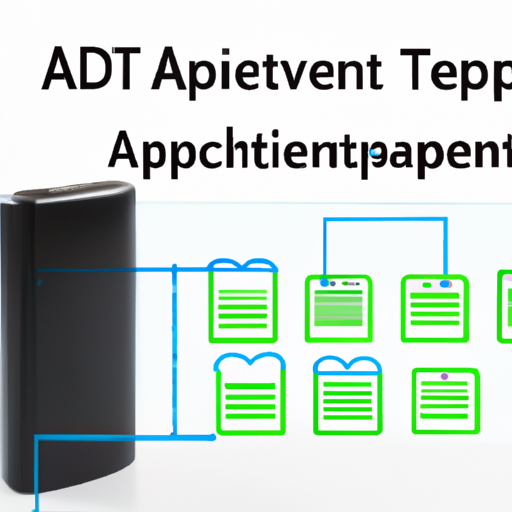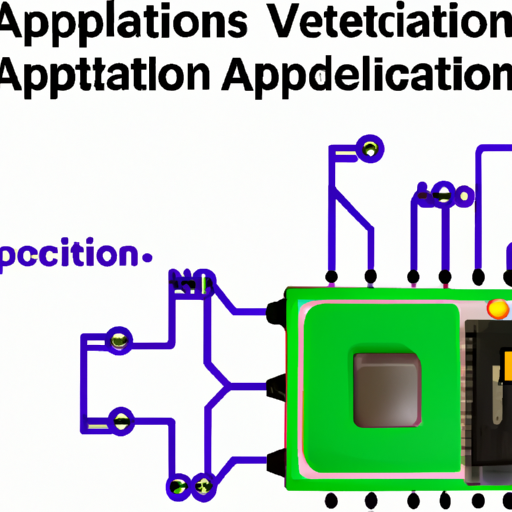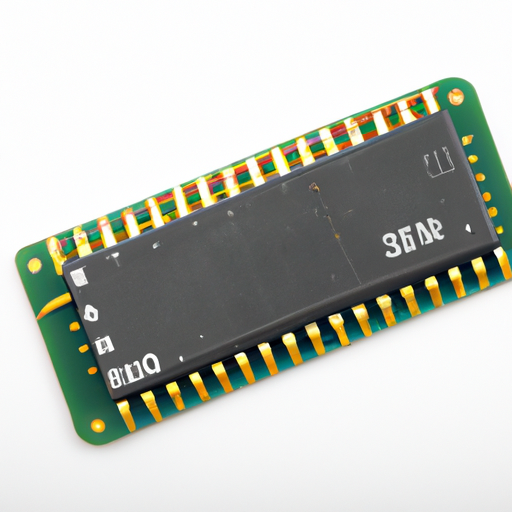1N4003-T Analog to Digital Converters (ADC) highlighting the core functional technology articles and application development cases of Analog to Digital Converters (ADC) that are effective.
Overview of Analog to Digital Converters (ADC)
| 1. Sampling | The ADC samples the analog signal at discrete intervals. The sampling rate must be high enough to capture the changes in the signal accurately, following the Nyquist theorem. |
2. Quantization: After sampling, the ADC quantizes the sampled values into discrete levels. This process involves mapping the continuous range of the analog signal to a finite number of levels.
3. Encoding: The quantized values are then encoded into a binary format, which can be processed by digital systems. The resolution of the ADC (e.g., 8-bit, 10-bit, 12-bit, etc.) determines how many discrete levels are available.
4. Output: The final output is a digital representation of the analog input signal, which can be used for further processing, storage, or transmission.
Types of ADCs - **Successive Approximation ADC**: Offers a good balance between speed and resolution, commonly used in applications requiring moderate speed and high accuracy. - **Sigma-Delta ADC**: Known for high resolution and accuracy, often used in audio applications and precision measurement systems.
- Flash ADC: Extremely fast but typically limited to lower resolutions due to complexity and cost, suitable for applications requiring very high-speed sampling.
- Pipeline ADC: Combines speed and resolution, making it suitable for high-speed applications like video processing.
Applications of ADCs 1. **Audio Processing**: Converting analog audio signals into digital format for processing, storage, and playback in devices like smartphones and computers.
2. Medical Devices: Used in devices such as ECG machines and digital thermometers to convert physiological signals into digital data for analysis.
3. Industrial Automation: In sensors and control systems, ADCs convert signals from temperature sensors, pressure sensors, and other analog devices into digital signals for monitoring and control.
4. Consumer Electronics: Found in cameras, smartphones, and other devices where analog signals (like light or sound) need to be digitized for processing.
5. Telecommunications: Used in modems and other communication devices to convert analog signals into digital data for transmission over networks.
Development Cases 1. **Smart Home Systems**: ADCs are used in smart thermostats to convert temperature sensor readings into digital signals, allowing for precise control of heating and cooling systems.
2. Wearable Health Monitors: Devices like fitness trackers use ADCs to convert data from heart rate monitors and accelerometers into digital signals for analysis and display.
3. Automotive Applications: Modern vehicles use ADCs in various systems, such as engine control units (ECUs) that convert sensor data (like oxygen levels or temperature) into digital signals for processing.
4. Robotics: ADCs are critical in robotic systems for converting sensor data (like distance or pressure) into digital signals that can be processed for navigation and control.
5. IoT Devices: In Internet of Things (IoT) applications, ADCs are used to digitize data from various sensors (temperature, humidity, motion) for cloud processing and analytics.

